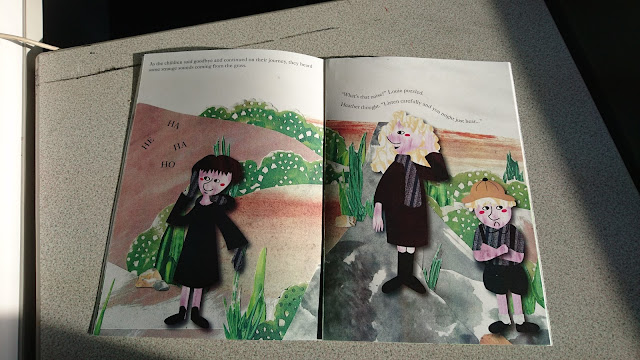Throughout
this module I have become more practised in balancing lots of live
briefs simultaneously, which has given me a taste of the professional
world. The importance of organising time and making plans became
clear. By doing live briefs it has also made me consider the
client more. The requirements for every brief have meant that I have
always pushed myself to make sure I meets them in an interesting way.
On
reflection, for the badge design, I would have liked to spend longer
developing the final designs, however I didn't allot enough time to
do this – not anticipating how much I would enjoy it. However being
picked for the final badge pack was really exciting and gratifying,
encouraging me to enter more competitions in future.
In the Penguin book
designs it became clear that the success came from researching the
books and having concepts that were grounded in reasoning and
knowledge. These designs became far more interesting to the viewer
and naturally appeared more considered in appearance when they were
linked to an unusual aspect of the book.
The Norwich Beer
Festival logo I looked at was really interesting for me as I rarely
do logo work. Although it was illustrative, which is more one of
strengths, it made me consider the key features of logo design and
how logos have to be incredibly considered and grounded. I hope to do
more branding and logo work in future to develop my skills in this
area.
In the storybook brief
skills in fast paced organisation and production have been gained. It
was exciting to work in a collaboration of two and share ideas and
concepts. It often meant that the boundaries were pushed further as
there was two of us questioning what the next step could be and
encouraging the 'weirder' ideas. With this brief we took on more work
than the brief specified, which meant we achieved a lot but spent
quite a bit of energy. In this case it felt worth pushing the
boundaries for as it was something that improved our skills and
created a satisfying end result that can be used in portfolios.



















































